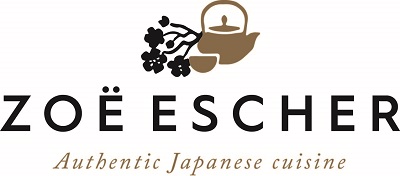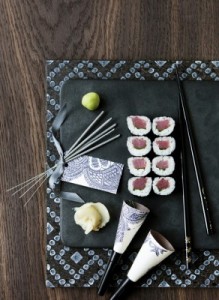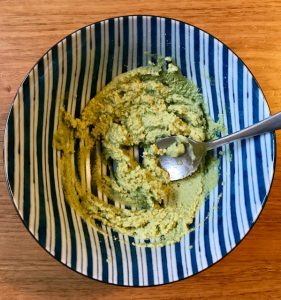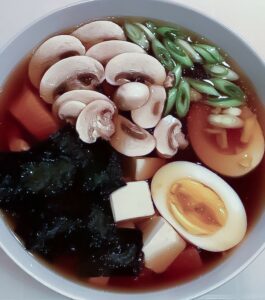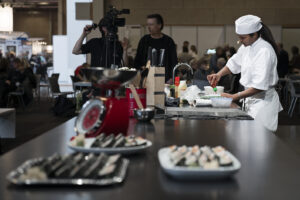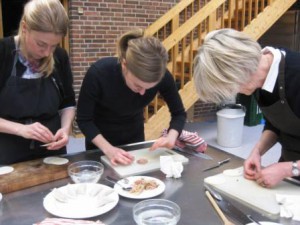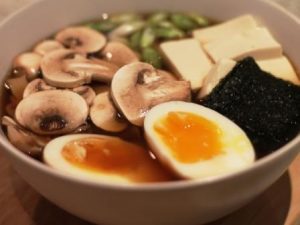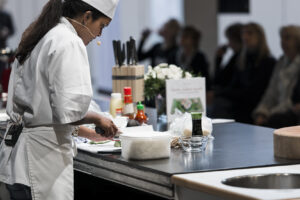
Take part in a Sushi course and get healthier eating habits.
In an age where health and well-being are in focus, many are looking for new ways to improve their eating habits. You can find a unique and delicious approach to a healthy lifestyle through attending a sushi course. Sushi is not only a delicious Japanese dish, but it can also be the key to promoting healthy eating habits.
Sushi consists of fresh fish, seaweed, rice and vegetables, making it a nutritious and healthy dining experience. Fish is a fantastic source of healthy oils that benefit the skin and the rest of the body. Seaweed is the vegetable in the world that contains the most vitamins and minerals.
Sushi courses offer not only an opportunity to learn Japanese cooking techniques, but also to explore the creativity of sushi art. By combining different ingredients, you can create healthy rolls that satisfy both the taste buds and the eyes.
ON a sushi course you not only learn how to make sushi step by step, but also how to put together different tasty ingredients to achieve a healthy and tasty meal experience.
Read more about Sushi course for beginners
_
Zoë has held sushi courses and cooking classes for A. P. Moller – Maersk, Hugo Boss Nordic, Novo Nordisk, Novartis, Velux, Gorrissen Federspiel, Beierholm revision, Elbek & Vejrup and many more.
